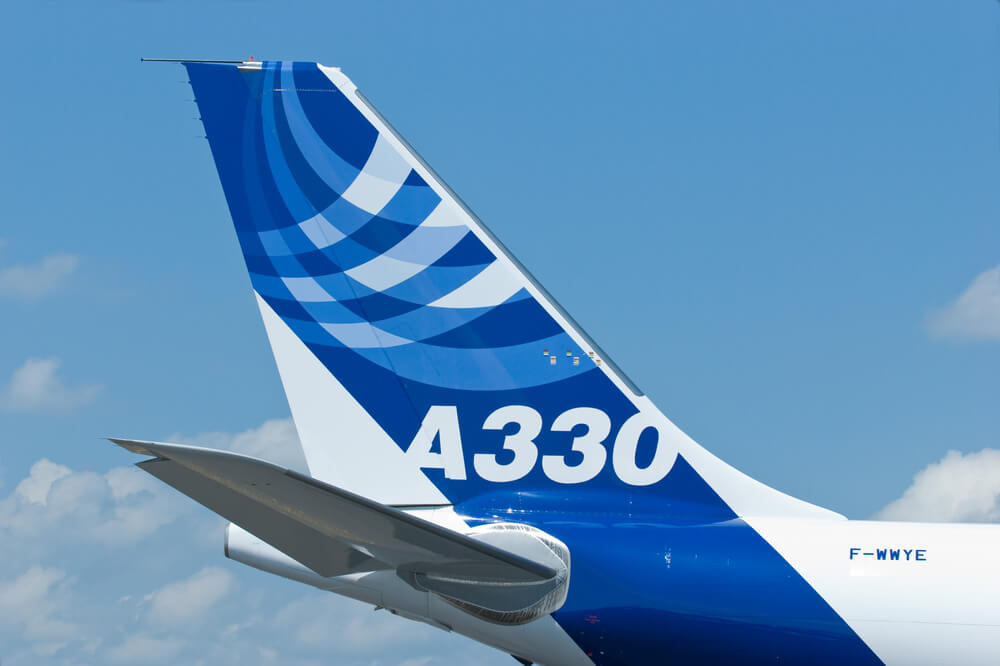With the introduction of the A300 in the early 1970s, Airbus had one goal in mind – to create a family of aircraft. The family that would serve various markets and needs of customers: from the smallest narrow-body jets to the big boys that are able to carry more than 350 passengers, the European manufacturer’s goal was to conquer the world with its wide array of products. The family’s first addition was the A310, a derivative of the A300, the A310 could seat 220 people in a typical two-class configuration, flying as far as 5,150 nm (9,540 km) with the -300 variant.
Airbus’ next focus was the narrow-body market: with the entry into that segment, the Toulouse-based company revolutionized the controls onboard an aircraft with fly-by-wire systems. Safety was touched upon as well: envelope protection systems prevented the aircraft from performing beyond its safe limits.
However, for pilots and airlines, the A320 also showcased one thing: Airbus is serious about its family commitments, as a common cockpit eased the transition for pilots between the aircraft named using the A3XX formula.
With the successful launch of its first narrow-body, the European company had its fair share of competition in the wide-body market: when the A320 was announced officially in 1984, such wide-bodies as the Boeing 747, Boeing 767 (including the 767-200ER), McDonnell Douglas DC-10 were all still in production. The Lockheed L-1011 TriStar was canceled in 1981, with the last aircraft rolling out in 1984.
Airbus’ only answer to such amount of competition was the A300/A310. But if the company wanted to get ahead of its competition, it had to innovate.
And innovate it did.
On January 17, 1994, 26 years ago to the day, Airbus introduced the A330 into commercial service with Air Inter: a new, wide-body type of aircraft that would successfully help propel the company into a market-leading position in the years to come.
Congratulations, they are twins!
On January 27, 1986, Airbus’ Supervisory board approved the development of the A330 and its bigger brother, the A340.
“With necessary funding now available, the consortium is in a position to finalize the detailed technical definition for the A330 and A340 with potential customer airlines and discuss terms and conditions for launch commitments.”
The company decided to develop both wide-body jets to share a common type rating, much like Boeing did with the 757 and the 767. However, what is even more unique, that pilots qualified to fly the Europe-built twin-aisle jets could also transition easily to fly the A320, according to the manufacturer’s historical retrospective.
“This made possible the Airbus concepts of cross crew qualification – pilots trained to fly one Airbus aircraft can qualify to operate another with relatively little extra training,” states Airbus’ commercial aircraft history page.
Furthermore, both the A330 and the A340 were the first jets to share the same basic fuselage, wing and tail, which allowed Airbus to save some extra cash and gain an upper hand in the sales department. After all, an Airbus customer would be further incentivized due to the ease of switching between the A320, A330 and the A340, allowing the airline to be much more flexible in their scheduling departments.
First orders
The stakes, nevertheless, were high. The governments of Britain, France and West Germany put in a fair share of cash into the development of the two newest wide-bodies: $750 million and $1 billion each, respectively. The subsidies angered a few people, including Boeing and McDonnell Douglas execs.
Richard Albrecht, a former executive vice president of Boeing, said that “17 years of incubation is enough time to give birth to a commercial company,” adding in that Airbus should “stand or fall” by themselves, rather than relying on government subsidies.
The president of McDonnell Douglas’ commercial aircraft division James Worsham noted that Airbus offered the two wide-bodies “$10 million to $15 million cheaper” compared to the formerly Long Beach-based aircraft manufacturer. At the time, McDonnell Douglas was developing the MD-11, a DC-10 derivative. “Even though the development costs for the 330 and 340 will be something like $4 billion,” Worsham continued, as the estimated that the cost of developing the MD-11 was around $500 million, reported the New York Times.
In March 1987, Air Inter became the first customer to sign up for the jet. Most importantly, Airbus managed to convince a United States-based carrier, Northwest Airlines. In April of the same year, the airline signed up for 20 A340s and 10 A330 options, a contract worth more than $2.5 billion, according to a report by Reuters. Northwest Airlines canceled the A340s, but signed up for the A330s: in total, before its merger into Delta Air Lines, the carrier operated 32 A330 aircraft.
Continued innovation
In October 1993, a few months before its first commercial flight, the Joint Aviation Authorities (JAA, a predecessor to European Union Aviation Safety Agency (EASA)) and the Federal Aviation Administration (FAA) jointly certified the aircraft, also an industry first.
And finally, on January 17, 1994, Air Inter’s Airbus A330 departed on the first-ever commercial flight of the type between Paris Orly Airport (ORY) and Marseille Provence Airport (MRS).
The Airbus A330 production is still alive and kicking, despite rumors of it slowing down. Airbus’ Chief Commercial Officer Christian Scherer said on January 15, 2020, that he sees no need to cut the production rates of the jet, as the company sees sufficient demand for the wide-body, including the newest version of the A330, the A330neo.
As of December 31, 2019, the European manufacturer has 331 undelivered A330 orders, according to its Orders and Deliveries file. In total, there are 1443 aircraft still operated, while 1492 were produced since the beginning of production. Its bigger brother, the A340, had much less success, as Airbus ceased the production of the quad engine jet in 2011.

